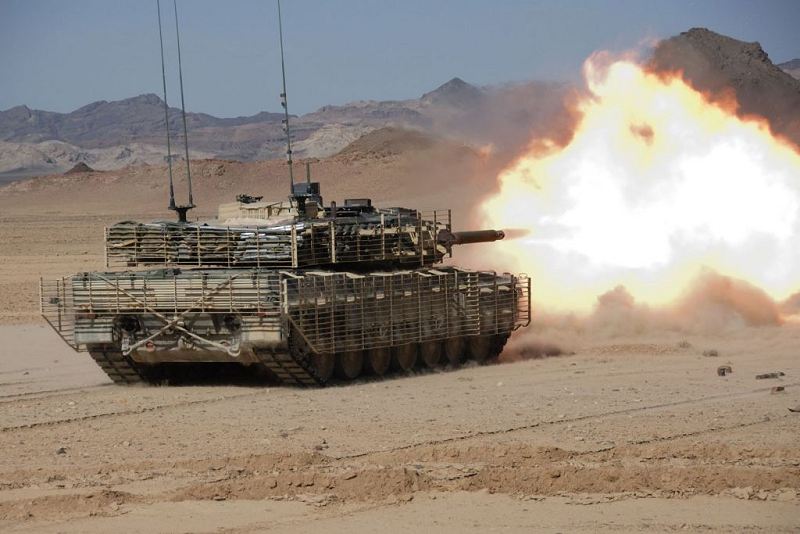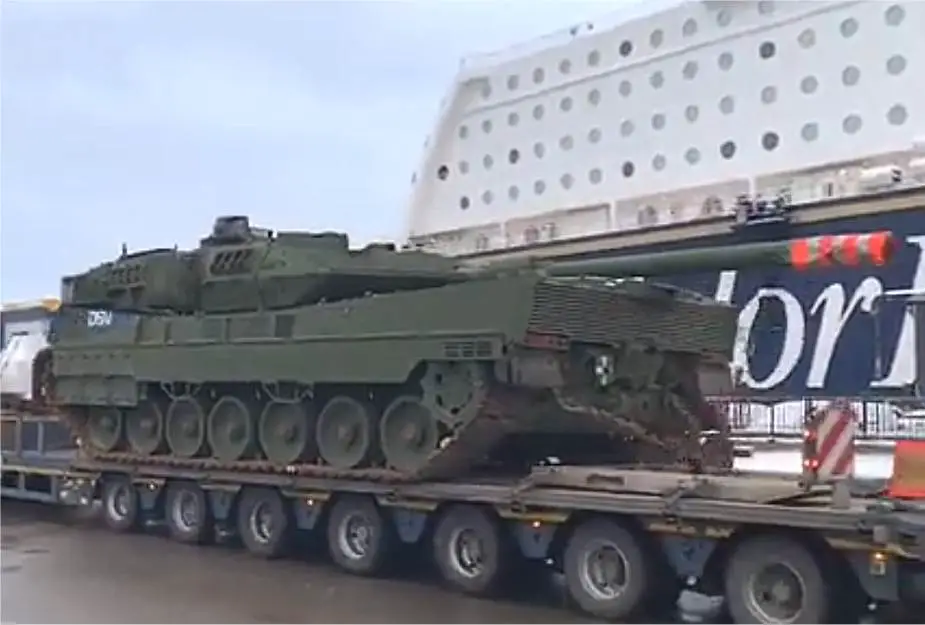In my opinion and this only the opinion of a guy who only completed High School, and was a Private in the infantry then a pay clerk , so take it with a grain of sand from the Mattawa Plains.
The US of A has an on going shortage of water in various States, there is a huge need for water. They have looked at moving river flows and changing the natural direction of flow. Very few rivers flow from the US into Canada, a lot of rivers go south. Control the water they are giving power of life to farmers and people who do not have water. ( Votes collected).
They have a population that is growing faster and the need for space to grow and sustain that population is bigger than they have now. Their farms are competing with South American countries where they are close to getting 2 growing seasons as they play with plant DNA and develop crops that require less growing time and less heat units to grow ( I attended a farmers meeting in Iowa in the early 2000s and this was the Federal Agriculture Departments future take on farming on in South America). So they cannot give up more farm land to build on as they will need that land to grow and raise food on. Since they look at the map of Canada they see nothing north of border beyond the 150 mile mark of any importance. The land is prime for the take over. Lots of farm land ripe for the taking.
From things I read over the years the US policy was to fight incoming missiles and bombers over Canadian territory to save their own land we are expendable in their eyes. So a quick take over is very possible and there would be little to no help coming to defend Canadian Soil unless the UK decides to defend us, or unless the the Russian Bear decides that defending Canada is in their interest.
I am a person of history and enjoy Canadian military history facts and events.
Second main reason we do not have a lot of tanks is public relations and the view of tanks in the streets of old Montreal and Quebec City in the 1970s. I have read headlines, such this one from CBC
I have never seen pictures of tanks in the streets, maybe some one has some but I have never one, I have seen trucks, jeeps and helicopters deployed but no tanks. I have looked for them, seen M113, Lynx APC, ferrets, but no actual tanks.
I did an essay on the FLQ crisis back in Grade 13 Canadian History ( the teacher said it was beyond his knowledge what I researched) so I got good marks on it.
The elected officials on all levels of governments did not like the idea of a tracked vehicles in the old quarters of Montreal and Quebec City, so that lead in part to the start of the AVGP family coming to Canadian Army. For future Social up risings it would look better on the news if the army came on wheeled assets and the wheels did not damage the streets and ruin the cobble stone look. I forget the book that this bit of information came up in. But the government thought wheels would work better for the times and in the future. No tracks, no tanks on the streets. Did not want the look of a 3rd world government trying to control its people thru tanks, to be how Canada was viewed by the world. Think China and Tiananmen Square and the man facing down a tank, it made headlines around the world. No one wants to see that on the front page and it be a Canadian tank inside the walls of Quebec City.
But those of you in the know and would know much better than I .
This might be a good read on Canadian Tanks and the future plans, it was dated 2014 so it might be old news and way out of date but the facts and figures remain the same.
Shahryar Pasandideh discusses the role of Canada's tank fleet in light of the country's fiscal situation while offering possible solutions.

natoassociation.ca
Unless we get more heavy lift aircraft, or ships able to deliver tanks to the location, we will only ever deploy the least number of tanks required and a few spares in case of whatever, breakdowns, or combat losses. Unless things change deploying 20 tanks will be the limit of what we can do just like we did in Afghanistan, 15 plus 5 spares.
Like I said just my views and opinions
Opie out







